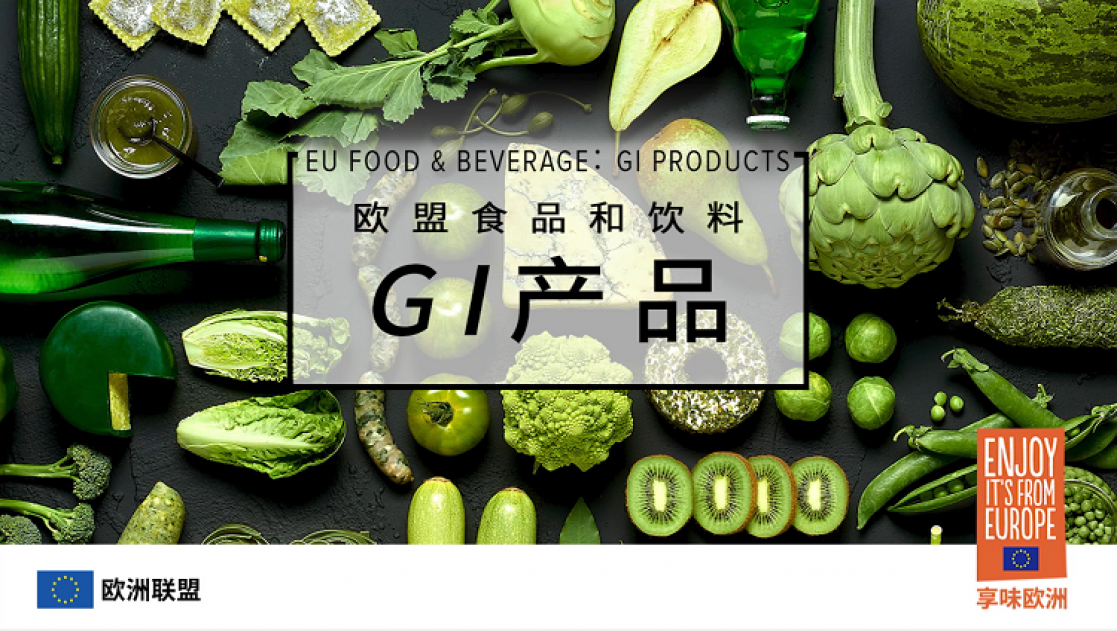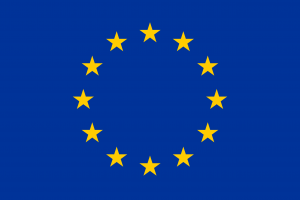EU Geographical Indications Conference event in Beijing marks entering into force of the landmark EU-China agreement to protect iconic food products of both countries
Celebrating the entry into force of the landmark Geographical Indications (GIs) agreement between the European Union and China, the EU Geographical Indications Conference event was held in Beijing today. The event, attended by EU and EU Member States representatives, representatives from the Chinese Ministry of Commerce, and key players in the China food industry, featured a tasting of more than 35 GI products from 16 EU Member States, including wine, spirits, beer, cured hams, cheese, olive oil, table olives, vinegar and mustard.
On March 1, 2021 the EU-China bilateral agreement protecting geographical indications in China and Europe entered into force. The agreement, the first of its kind between the EU and China, protects around 200 iconic European and Chinese agri-food names against imitation and usurpation, bringing mutual trade benefits and introducing consumers to guaranteed, authentic products from two regions with rich culinary and cultural traditions. This is the first comprehensive and high-level agreement on geographical indications signed by China with another country or market.
The EU list of GI products to be protected in China includes iconic GI products such as Cognac, Cava, Champagne, Feta, Irish whiskey, Münchener Bier, Ouzo, Polska Wódka, Porto, Prosciutto di Parma and Queso Manchego. Among the Chinese GI products to be protected in the EU market are: Moutai Jiu (Spirit Drink), Pixian Dou Ban (Pixian Bean Paste), Anji Bai Cha (Anji White Tea), Panjin Da Mi (Panjin Rice) and Anqiu Da Jiang (Anqiu Ginger).
“This agreement provides high protection for European GI names on the Chinese market and for Chinese GI names on the European market,” said EU Ambassador to China Nicolas Chapuis. “It is another step in the global recognition of geographical indications, allowing us to preserve the traditional way of producing these high-quality products, conserving our food heritage, and contributing to rural economies, bringing benefits to both European and Chinese consumers as well as society at large.” In value terms, the market for EU geographical indications is around €75 billion (or 7% of EU food and drink annual sales value). GI exports of about €17 billion account for over 15% of total EU food and drink exports.
The Chinese market has high-growth potential for European food and drinks. In 2020, China was the third destination for EU agri-food products exports, reaching a record value of €17.7 billion. China is also the third destination of EU exports of GI products, accounting for 9% by value of total EU GI exports, including wines, agri-food products and spirit drinks. Chinese consumers appreciate the safety, quality and authenticity of European agri-food. European consumers will be able to discover genuine Chinese specialties thanks to this agreement.
With over 3,300 geographical indications registered in the European Union, EU quality policy aims at protecting the names of specific products to promote their unique characteristics linked to their geographical origin as well as traditional know-how. At the Beijing event, the EU’s GI schemes and the benefits of the EU-China GI agreement were described and explained to importers, distributors, e-commerce representatives, retailers and other food professionals. These schemes protect the name of a product that comes from a specific region and follows a particular traditional production process. The GI recognition enables consumers to trust and distinguish quality products while also helping producers to market their products better.
The GI event featured presentations on select GI products by EU Member States, highlighting the business advantages regarding price and promotion for GI products. The successful business cases of Porto PDO, Portugal’s iconic sweet fortified wine, Feta PDO, Greece’s famous soft and salty cheese, and two extra virgin Spanish olive oils, Sierra Mágina PDO and Priego de Córdoba PDO, were presented.
The EU Geographical Indications Conference’s climax was the cocktail celebration and tasting of more than 35 EU GI products by event participants. The line-up of EU GI products available for sampling included:
Cured Hams: Prosciutto di San Daniele PDO from Italy, Prosciutto di Parma PDO, Jambon de Bayonne PGI from France
Dairy Products: Queso Manchego PDO from Spain, Feta PDO from Greece, Parmigiano Reggiano PDO from Italy, Danablu PGI from Denmark, Roquefort PDO from France, Crème d’Isigny PDO from France
Wines: Champagne PDO from France, Porto PDO from Portugal, Tokaj PDO from Hungary, Vipavska dolina PDO from Slovenia, Cotnari PDO from Romania, Sherry PDO from Spain
Spirits: Irish whiskey GI from Ireland, Cognac GI from France, Original Lithuanian vodka GI from Lithuania, Swedish Vodka GI from Sweden, Genever GI from The Netherlands, Vermouth di Torino GI from Italy, Rhum de la Martinique GI from France
Beers: Münchener Bier PGI from Germany, Budějovické pivo PGI from Czechia
Oils: Estepa PDO from Spain, Kalamata PDO from Greece, Sitia Lasithiou Kritis PDO from Greece, Steirisches Kürbiskernöl PGI from Austria
Other: Elia Kalamatas PDO from Greece, Pimentón de la vera PDO from Spain, Aceto balsamico di Modena PGI from Italy, Moutarde de Bourgogne PGI from France
“Colours by Europe” Campaign in China
A communication campaign in China running until 2022, includes numerous events for businesses and consumers as well as strong online and media presence (WeChat, Douyin and Weibo) to promote EU agricultural products. The objective is to increase the awareness among Chinese consumers of the key attributes of EU F&B products, i.e. safety, quality and authenticity, to educate the Chinese audience on how to best enjoy them on their own, or in different food combinations, and to encourage purchase. China is the EU’s most important trading partner and the second-largest food importer in the world, with a wealthier and more sophisticated society demanding a higher quality and variety of products.

Safety, Quality and Authenticity of the EU food
Safety, quality and authenticity are the core pillars of what drives the demand of EU food and beverage products among consumers worldwide. Consumers can enjoy European food and beverage products with peace of mind thanks to the comprehensive safety and quality standards at every step of growing and production. The high quality of European food and beverage products is guaranteed by the stringent production standards and quality controls that are in place. Europe's diverse mix of cultures and centuries of traditions give birth to a wide variety of authentic food and beverage products.
Click here to watch the video


